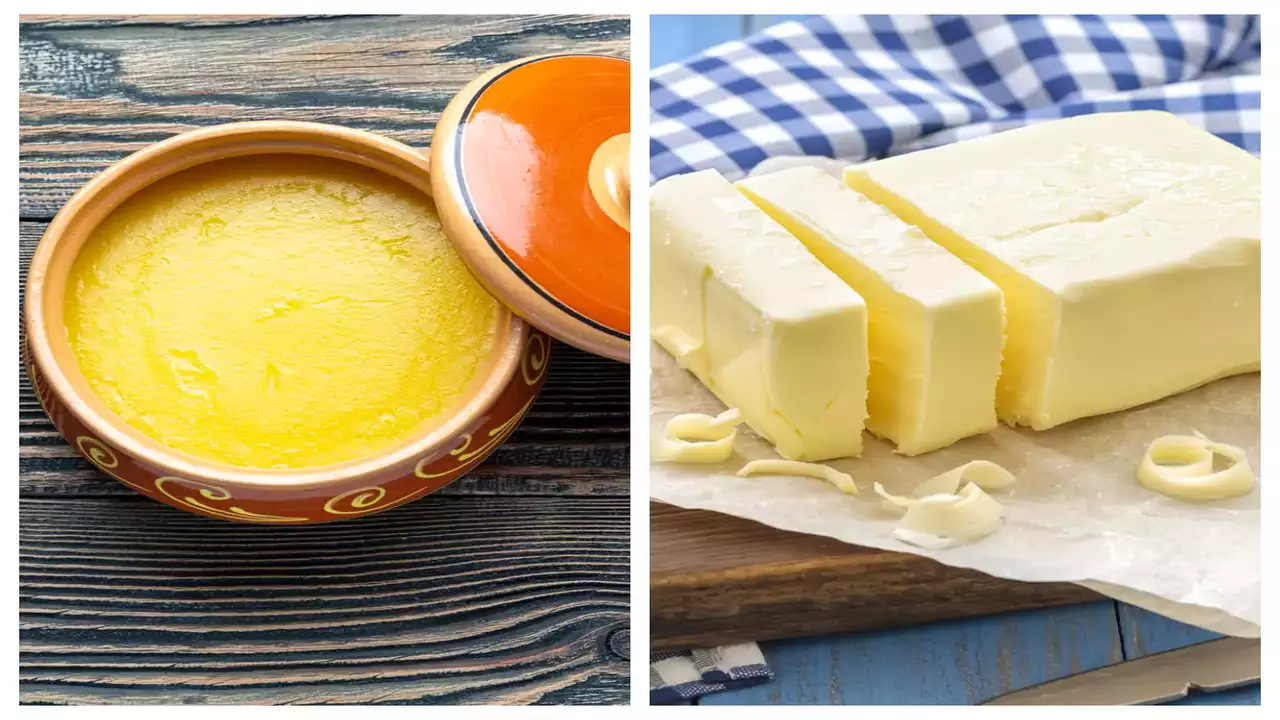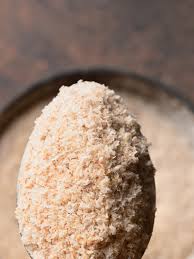Contemplating whether to spread ghee or butter on your morning toast? Let’s delve into the debate. Ghee and butter, both derived from cow’s milk and commonly utilized in cooking, often spark discussions regarding which one is healthier. Below, we’ll explore the disparities between ghee and butter in terms of production, nutrition, healthfulness, and associated risks.
What is Ghee?
Ghee stands as a form of highly clarified butter traditionally employed in culinary practices. Much like butter, ghee originates from cow’s milk. It undergoes a process wherein regular butter is simmered, allowing it to separate into liquid fats and milk solids. Following this, the milk solids are meticulously removed, resulting in a product with diminished lactose content. Beyond its culinary usage, ghee finds application in Ayurvedic therapies, serving as cooking oil, an ingredient in various dishes, and a component in herbal ointments for treating burns and rashes.
How is Ghee Made?
Ghee is subjected to lengthier heating compared to other types of clarified butter, imbuing it with a more intense and nuttier flavor profile. Moreover, it boasts a higher burning point than standard clarified butter, rendering it an optimal choice for frying or sautéing foods. Crafting ghee at home entails a simple process using regular unsalted butter: slowly melt the butter, skim off the surface solids, continue heating until the milk solids settle at the bottom and the liquid turns clear, and finally, cook for a few more minutes until the bottom solids brown. Once done, transfer the liquid to a container and allow it to cool and solidify.
Alternatively, the more traditional method of making ghee involves collecting cream (Malai) from boiled milk over several weeks, churning butter with it, and eventually producing ghee.
Desi Ghee vs. Butter
Given their common origin in cow’s milk, ghee and butter exhibit closely aligned nutritional profiles and fat content. However, ghee lacks the same dairy proteins present in butter, rendering it a preferable option for individuals with lactose intolerance. A comparative nutritional breakdown reveals:
Ghee:
- Calories: 120 kcal
- Total Fat: 14 g
- Saturated Fat: 10 g
- Monounsaturated Fat: 3.5 g
- Polyunsaturated Fat: 0.5 g
- Cholesterol: 36 mg
Butter:
- Calories: 102 kcal
- Total Fat: 11.5 g
- Saturated Fat: 7 g
- Monounsaturated Fat: 3 g
- Polyunsaturated Fat: 0.4 g
- Cholesterol: 31 mg
Can Ghee or Butter Prevent Disease?
Both ghee and butter are rich in saturated fat, which, when consumed excessively, has been linked to a heightened risk of heart disease. Nevertheless, research published in the Journal of Ayurveda and Integrative Medicine indicates potential health benefits associated with ghee consumption when moderated appropriately.
A 2018 study in North India revealed that individuals consuming more ghee and less mustard oil exhibited healthier blood fat and cholesterol levels, characterized by lower LDL (bad) cholesterol and higher HDL (good) cholesterol. Additionally, ghee contains lower levels of milk sugars and proteins, rendering it suitable for those with lactose intolerance. Ghee also harbors butyrate acid, contributing to digestive health and potentially exerting anti-inflammatory effects.
While butter warrants moderation due to its elevated saturated fat content, ghee may offer certain health advantages when integrated into a balanced diet.




